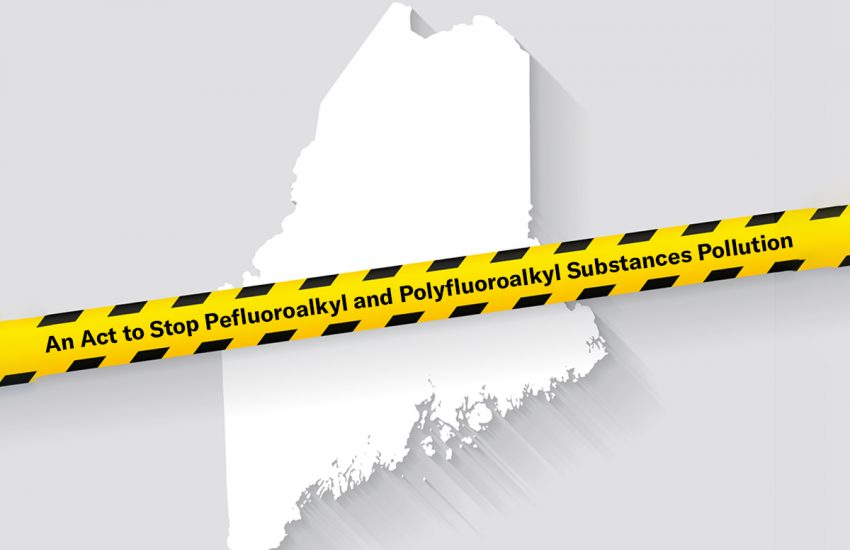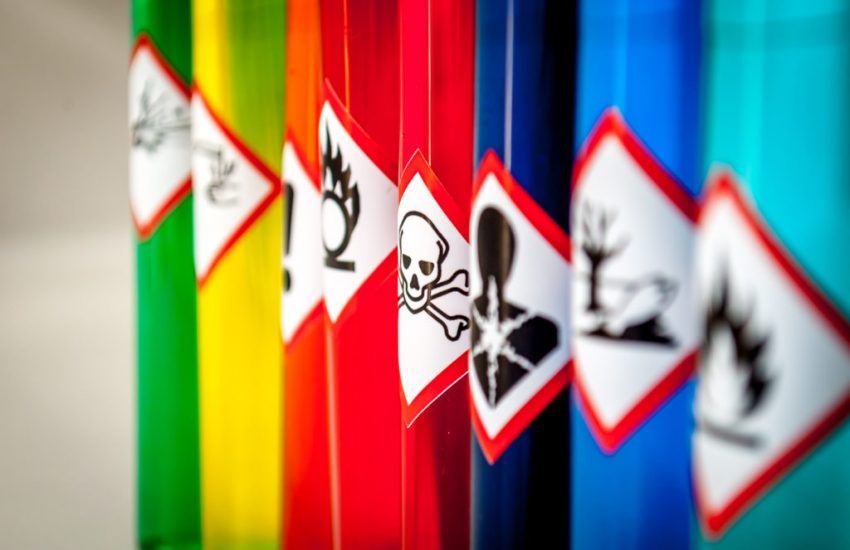Homeowner Associations (HOAs) are given broad authority in New York State to enforce covenants, conditions, and restrictions in efforts to manage a community of homes. Absent an unlawful purpose or improper internal procedures, HOAs have been largely permitted to develop and manage their properties as they deem fit. This broad authority included an HOA’s ability to prohibit a homeowner from installing a solar power system on his or her property. However, as New York continues to adopt various green initiatives, this is set to change.…
Continue Reading









